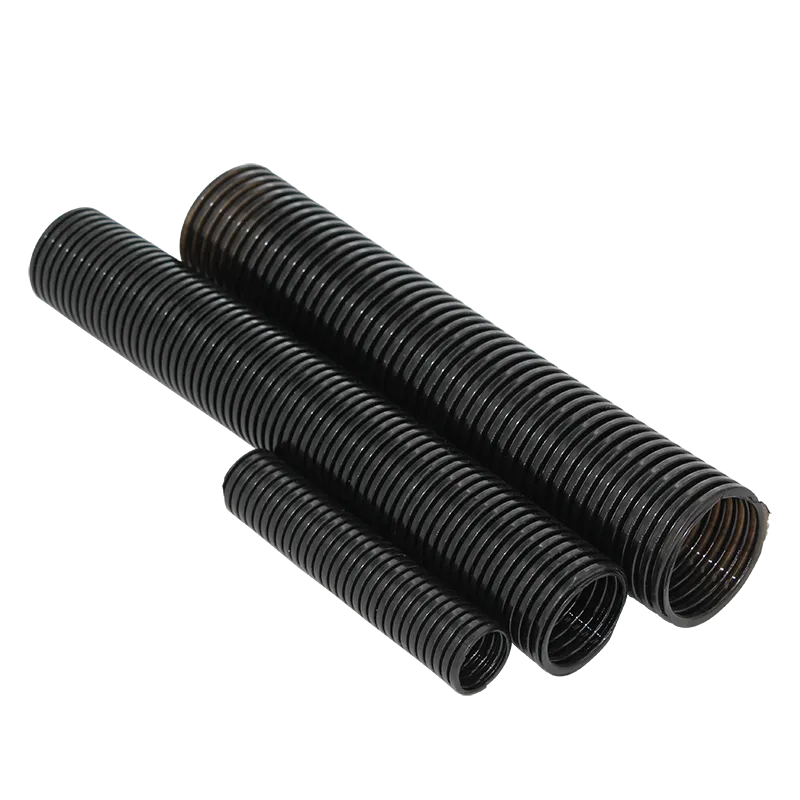Innovative Solutions for Efficient Drag Chain Conveyor Systems in Material Handling
Understanding Drag Chain Conveyors An In-Depth Overview
Drag chain conveyors are an essential piece of machinery in various industries, particularly for handling bulk materials. They are designed to transport heavy loads through a controlled and efficient manner, making them an invaluable component in manufacturing, mining, and agricultural operations. This article comprehensively explores the workings, advantages, applications, and maintenance of drag chain conveyors.
What Are Drag Chain Conveyors?
Drag chain conveyors are mechanical systems that utilize a series of chains and flights to move materials along a predetermined path. The design typically consists of a conveyor housing, drag chains, and flights or paddles that assist in conveying materials. These systems are ideal for moving bulk materials such as aggregates, powders, grains, and debris over various distances and in different orientations.
The operation of a drag chain conveyor is relatively straightforward. The drag chains move in a continuous loop, powered by an electric motor. As the chains move, the attached flights scoop up materials from the loading zone and transport them to the discharge area. This movement can occur along a horizontal or inclined plane, allowing for flexibility in design and application.
Advantages of Drag Chain Conveyors
One of the primary advantages of drag chain conveyors is their ability to handle heavy and bulk materials with ease. The robust design of the chains and flights allows them to bear significant loads without compromising performance. Additionally, drag chain conveyors are enclosed systems, which helps prevent material spillage and minimizes dust emissions, creating a cleaner and safer working environment.
Another significant advantage is their versatility. Drag chain conveyors can be designed to fit various operational needs, including different lengths, widths, and configurations. They can also be used in conjunction with other equipment, such as hoppers or silos, to create a comprehensive material handling system.
Moreover, drag chain conveyors require relatively low maintenance. The enclosed design protects the chain and components from environmental factors, reducing wear and tear. Regular inspections and minor adjustments are typically sufficient to keep these systems running smoothly.
Applications in Various Industries
drag chain conveyor

Drag chain conveyors are utilized in many industrial applications. In the agriculture sector, they are commonly used for transporting grains and animal feed. Their ability to handle large volumes while minimizing damage to delicate products makes them ideal for this application.
In manufacturing and processing industries, drag chain conveyors are often used for moving heavy raw materials, such as limestone, coal, and cement. They are a reliable choice for transporting these materials from storage areas to processing stations or packaging lines.
The mining industry also benefits greatly from drag chain conveyors. They are employed to transport mined materials from the extraction site to processing facilities. Their durability and ability to operate in harsh conditions make them well-suited for this challenging environment.
Moreover, drag chain conveyors are increasingly being used in recycling operations. They can effectively move materials through sorting and processing stations, ensuring efficiency and reducing manual handling.
Maintenance of Drag Chain Conveyors
Maintaining drag chain conveyors is crucial for ensuring their longevity and performance. Regular inspections should be conducted to check for signs of wear on the chains, flights, and bearings. Lubrication of moving parts is also essential to minimize friction and prevent premature failure.
It is important to monitor the alignment of the conveyor system. Misalignment can lead to increased wear and might cause the conveyor to malfunction. Additionally, proper tensioning of the chains should be maintained to ensure effective material transport and prevent slippage.
In the event of a malfunction or abnormal noise, it is imperative to shut down the system and conduct a thorough inspection. Identifying potential issues early can save time and costs associated with significant repairs or downtime.
Conclusion
Drag chain conveyors play a vital role in the efficient handling of bulk materials across various industries. Their robust design, versatility, and low maintenance requirements make them a preferred choice for many applications. Understanding the functionality, advantages, and maintenance of these systems is essential for any organization looking to optimize its material handling processes. As industries evolve and demand for efficient transportation methods increases, drag chain conveyors are likely to remain a key player in the material handling landscape.








